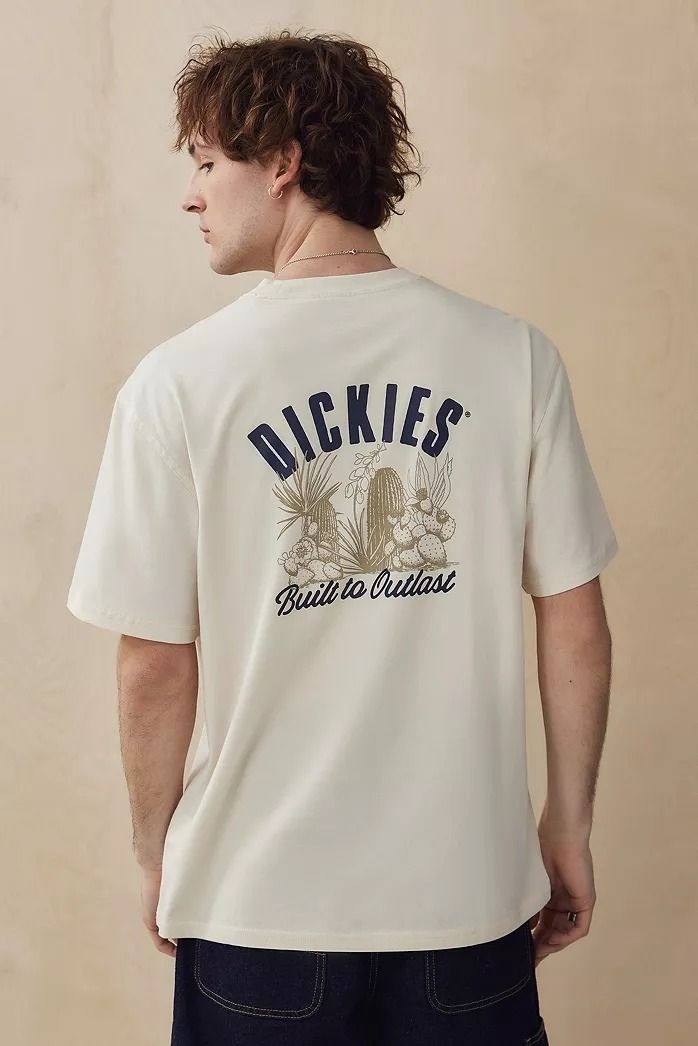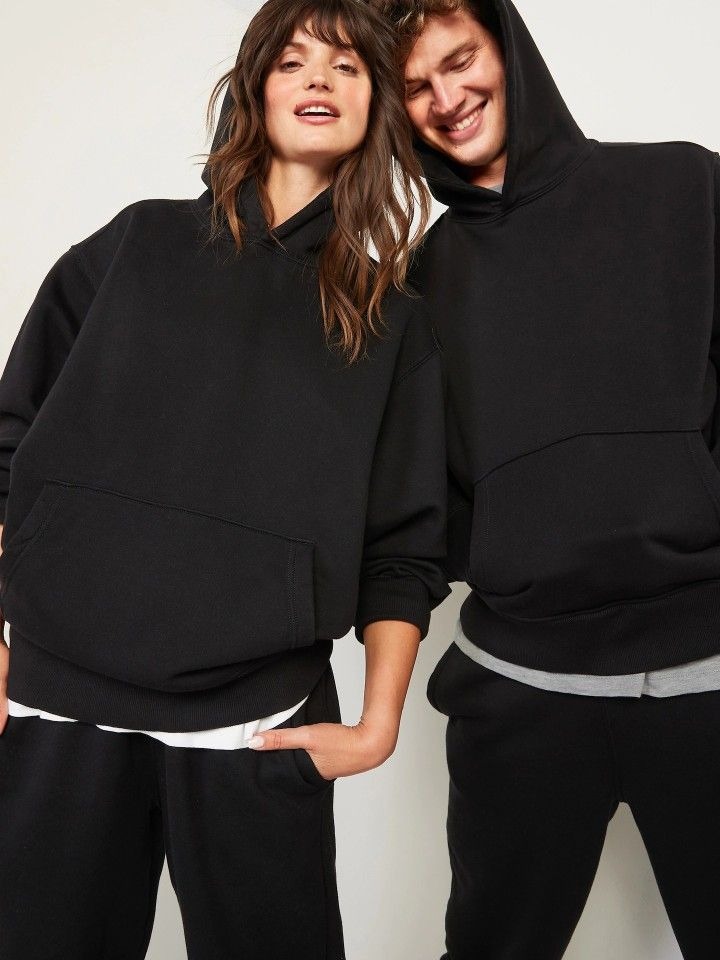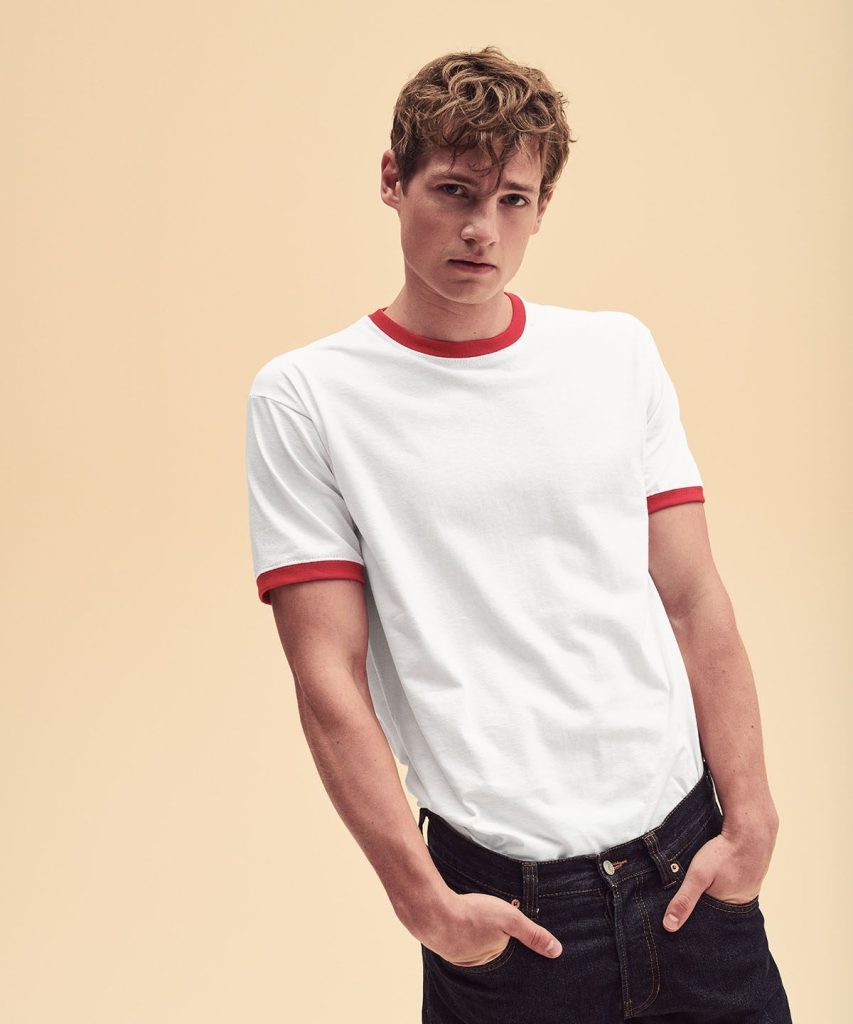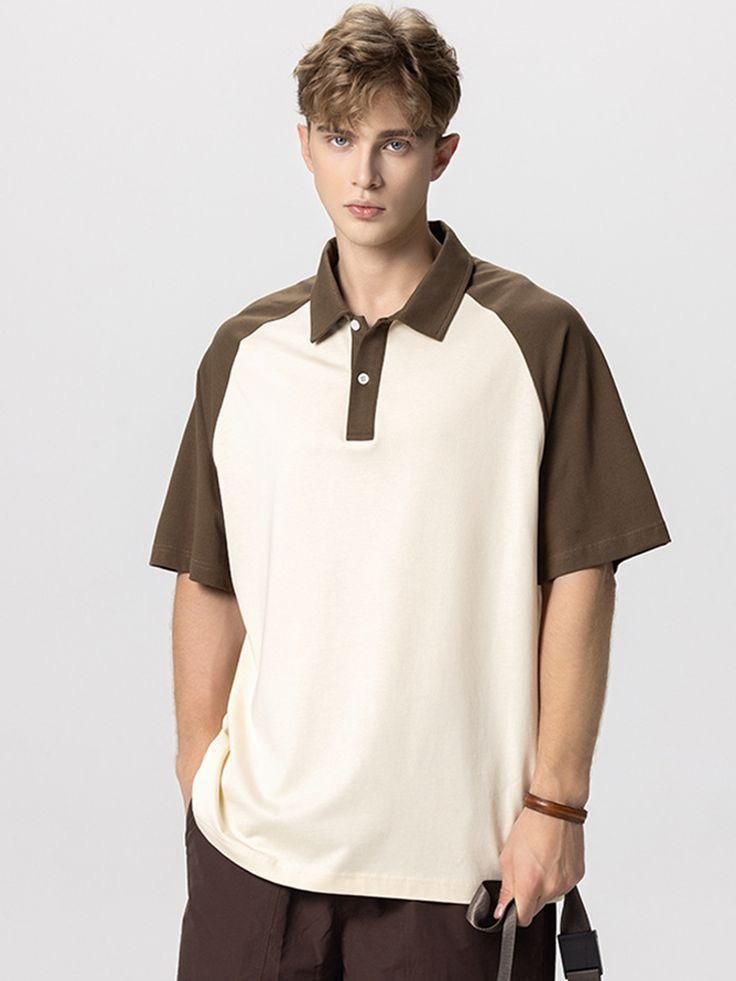Fashion is not merely the act of dressing or adorning the body. It is a living art, a constantly shifting landscape of symbols, aesthetics, ideologies, and histories woven into threads that reflect the soul of humanity. In every stitch lies intention, in every silhouette rests meaning, and in every transformation, fashion echoes the pulse of civilization. More than an industry, more than a cultural phenomenon, fashion is a mirror held up to society’s collective face—revealing its values, struggles, aspirations, and contradictions. In a world increasingly defined by flux, fashion is a compass for self-definition, a social map, and a canvas for unspoken dialogue. This essay will explore the many facets of fashion, diving deeply into its intimate relationship with identity, its political and cultural power, its ongoing evolution through technology and sustainability, and its eternal quest to balance artistry with accessibility.
At its most fundamental level, fashion is about identity. From the moment a person selects what to wear in the morning, they engage in an act of self-curation. Fashion becomes a personal narrative, shaped by mood, personality, values, heritage, and environment. Clothing allows individuals to present who they are, who they want to be, and how they wish to be seen. A well-tailored suit may express professionalism or ambition, while a bohemian dress might suggest freedom, creativity, or resistance to conformity. Even the choice to reject fashion trends altogether becomes a fashion statement in itself—an assertion of autonomy against the current of mainstream influence.
The connection between fashion and identity is especially potent when it comes to social roles and personal transformation. Adolescents experiment with style as they shape their sense of self, often gravitating toward subcultures that reflect their developing beliefs or emotions. Adults may adjust their style to navigate professional environments or to mark new stages in life such as marriage, parenthood, or retirement. Throughout history, fashion has helped individuals and communities express resilience, joy, grief, rebellion, and pride. It has provided a means of reclaiming space and asserting agency in societies where visibility matters. In this sense, clothing becomes a deeply human tool—not only for survival or beauty but for meaning-making.
Fashion also holds a powerful role in shaping and reflecting cultural identity. Across the globe, traditional garments carry the weight of centuries. The Vietnamese áo dài, the Japanese kimono, the Indian sari, and the Scottish kilt are not simply clothing items but embodiments of cultural heritage. They represent rituals, beliefs, regional histories, and shared aesthetics. As fashion globalizes, these traditional forms are reinterpreted in modern contexts, giving rise to hybrid styles that blend the past with the present. This dynamic fusion allows fashion to preserve culture while also inviting innovation, creating a dialogue between generations.
However, this process of cultural exchange within fashion is fraught with both beauty and tension. When done respectfully, incorporating elements from diverse cultures can foster appreciation and mutual understanding. Designers who collaborate with artisans, honor craftsmanship, and recognize the origins of their inspiration help elevate global narratives. But when cultural symbols are taken without understanding or consent—especially for profit—fashion crosses into appropriation. The industry has a long history of borrowing from marginalized communities while ignoring the people and contexts behind the designs. A growing awareness of these issues is encouraging more inclusive and ethical practices, but much work remains to ensure that fashion becomes a platform for empowerment rather than exploitation.
Beyond individual and cultural identity, fashion is deeply intertwined with politics. Throughout history, clothing has been used as a tool for resistance, protest, and liberation. The suffragettes wore white as a symbol of purity and justice. The Black Panthers adopted black leather jackets and berets to convey power and defiance. In the 1960s and 70s, countercultural movements embraced colorful, unconventional attire to challenge societal norms. More recently, movements like Black Lives Matter and MeToo have seen protestors use fashion to send messages—through slogans, symbols, or intentional uniformity. The politicization of fashion reveals its ability to communicate without words, to unite people in purpose, and to defy dominant narratives through visual resistance.
In contrast to its revolutionary power, fashion also plays a complex role in consumer culture. The fashion industry is one of the largest and most influential sectors of the global economy. It drives employment, innovation, marketing, and media, with its impact visible in every corner of modern life. Yet, this massive industry is also responsible for significant ethical and environmental challenges. The rise of fast fashion has prioritized speed and profit over sustainability and ethics. Clothing is produced at an unprecedented pace, often under exploitative conditions and with devastating ecological effects. Factories dump dyes into rivers, synthetic fibers pollute oceans, and millions of garments end up in landfills every year. These consequences have sparked a global reckoning.
Sustainable fashion is not a trend—it is an urgent necessity. As awareness grows, consumers and creators are seeking alternatives. Eco-conscious materials such as organic cotton, recycled polyester, and plant-based dyes are becoming more common. Brands are embracing circular models that promote repair, reuse, and recycling. Some designers have introduced zero-waste patterns, while others experiment with biodegradable fabrics or 3D-printing to reduce excess. Even luxury houses are redefining value—not as excess or indulgence, but as craftsmanship, longevity, and integrity. This shift is not just about saving the planet but about redefining fashion’s purpose in a world that can no longer afford waste.
Technology is another driving force reshaping the fashion landscape. Digital design tools have accelerated the creative process, allowing designers to visualize and alter garments in virtual environments before producing them physically. Augmented reality allows customers to “try on” clothes digitally, while artificial intelligence analyzes shopping habits to offer personalized recommendations. Meanwhile, wearable technology merges fashion with function, offering garments that track health, adjust temperature, or interact with smart devices. Even more radically, the rise of digital fashion—clothing that exists only in virtual spaces—challenges the very definition of clothing itself. In digital worlds, the boundaries of fabric and physics dissolve, allowing for fantastical designs unconstrained by material limitations.
While the digital realm opens new doors for expression and experimentation, it also raises critical questions. What does fashion mean when it has no physical form? Can digital garments offer the same emotional or cultural resonance as real ones? And how can the fashion world balance innovation with human connection? As society navigates the metaverse and virtual identities, fashion must also evolve its language, creating space for both pixels and people.
Inclusivity remains a defining challenge and opportunity in modern fashion. The industry has long been dominated by narrow ideals of beauty and exclusivity. For decades, fashion advertising promoted unrealistic body standards and lacked diversity in race, gender, age, and ability. But social movements and community voices have demanded change. Today, representation is expanding. Runways now feature plus-size models, models with disabilities, transgender and nonbinary models, and older individuals—all of whom bring new dimensions to the fashion conversation. Brands are beginning to understand that beauty is not a one-size-fits-all concept, and that fashion becomes richer when it includes everyone.
Education and storytelling are essential to this process. Fashion schools are reimagining their curriculums to emphasize ethics, cultural literacy, and environmental awareness. Emerging designers are using their platforms to tell stories that have been overlooked or silenced. Runway shows and exhibitions are becoming more narrative-driven, centering themes of migration, gender, climate justice, and resilience. This shift toward storytelling reinforces fashion’s deepest strength: its ability to touch hearts and change minds through visual poetry.
In the end, fashion is always evolving because humanity is always evolving. As the world faces enormous challenges—climate change, inequality, technological disruption—fashion must decide what role it wants to play. Will it be a follower or a leader? A mirror or a window? A problem or a solution? The answer lies not in fabric but in vision. Fashion has the capacity to reimagine not just what we wear, but how we live. It can foster empathy, celebrate diversity, inspire innovation, and reconnect people to the earth and to each other.
To understand fashion is to understand the human spirit. It is a field where creativity meets necessity, where dreams are sewn into seams, and where each outfit is an echo of a life lived or a life hoped for. In every culture, in every century, fashion has played a role far greater than mere aesthetics. It has built bridges across time, geography, and ideology. It has given people courage, dignity, and joy. And it continues to do so, every single day, in ways both bold and quiet.
As long as there are people who wish to be seen, remembered, and understood, fashion will remain relevant. It is the thread that connects the body to the soul, the past to the future, and the individual to the world. Through fashion, we do not merely cover ourselves—we reveal who we are.




